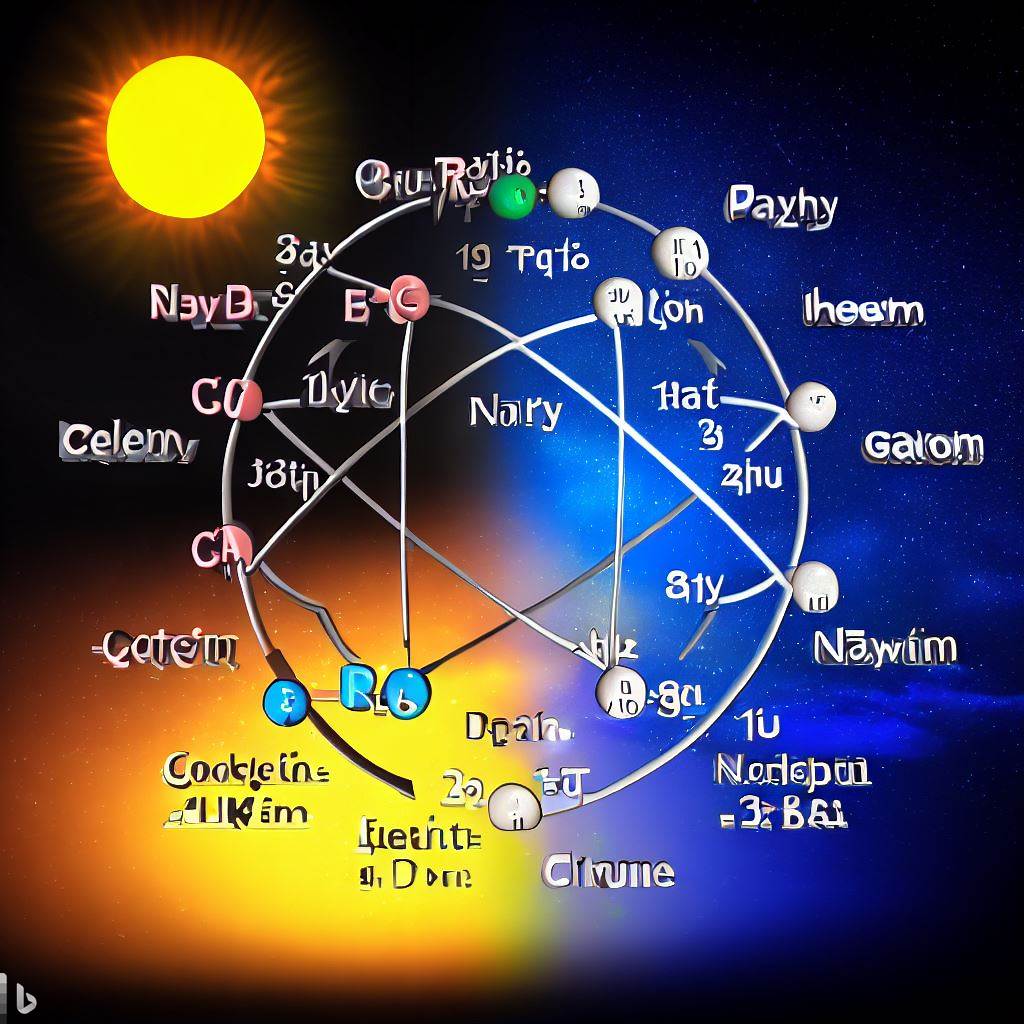Understanding the Term “Periodic” in the Periodic Table

The word “periodic” means something that happens or occurs in a regular and repeating pattern.
Let’s explain the term “periodic” using the examples of the cycle of day and night and also the changing seasons:
The cycle of day and night is a perfect example of something that is periodic. It repeats itself in a regular pattern. During the day, the sun rises and shines brightly, giving us daylight. Then, as the Earth rotates, the sun sets, and darkness falls, creating nighttime. This cycle of day and night happens over and over again, following a predictable pattern.
Similarly, the changing seasons are also periodic. Throughout the year, we experience four distinct seasons: spring, summer, autumn, and winter. Each season has its own unique characteristics, such as different temperatures, weather conditions, and changes in nature. Spring brings new growth, summer brings warmth, autumn brings colorful leaves, and winter brings cold and snow. After winter, the cycle starts again with spring, and the seasons repeat in the same order year after year.
In both examples, we can see that there is a regular and predictable pattern of occurrence. The cycle of day and night repeats every 24 hours, while the changing seasons occur in a yearly cycle. These patterns help us understand and anticipate what will happen next. They allow us to plan our activities, adapt to changes, and appreciate the natural rhythms of the world around us.
Now, in the world of science, we use the word “periodic” to describe something similar. When we talk about the periodic table, it means that the elements (which are the building blocks of everything around us) are organized in a way that shows patterns and repeats the patterns.
These patterns help scientists understand and predict the behavior of different elements. It’s like having a special map that shows us how the elements are connected and how they will behave.
The word “periodic” in the periodic table means that elements are arranged in a special way that shows patterns and connections. It helps scientists understand how elements behave and how they are related to each other. By studying the periodic table, scientists can make predictions about how different elements will act and use this knowledge to solve problems and make new discoveries in chemistry and other sciences. It’s like a big puzzle that helps scientists understand how the building blocks of matter fit together.
These patterns include the periodicity of atomic properties, such as atomic size, ionization energy, and electronegativity, as well as the arrangement of elements in rows (periods) and columns (groups) based on their similar chemical properties.
Remember, the periodic table is like a treasure map that helps scientists unlock the secrets of the elements. By studying the patterns and trends in the periodic table, scientists can better understand the world around us and make amazing discoveries!














